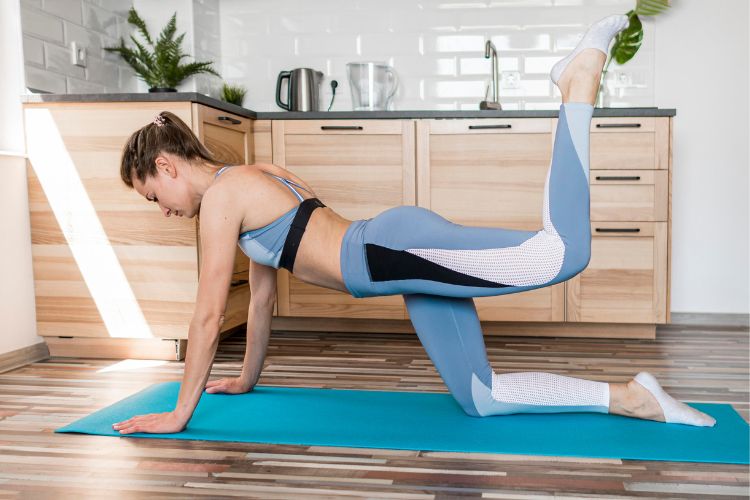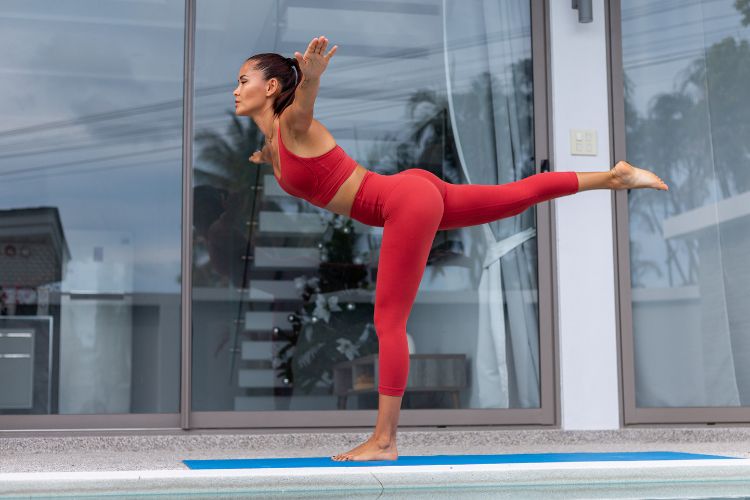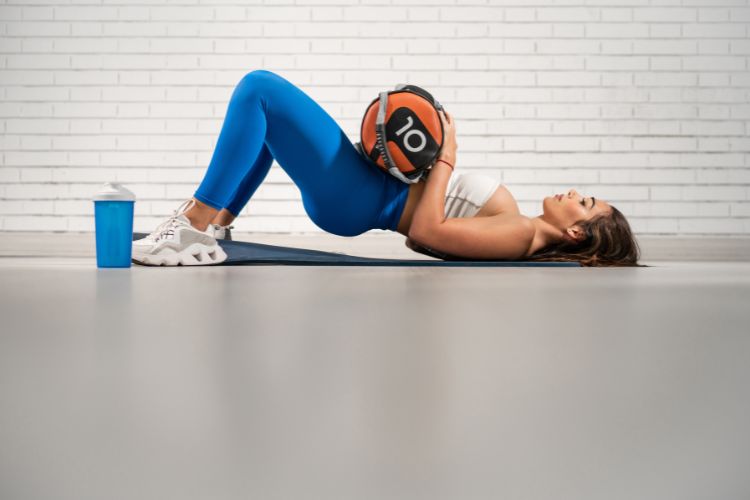Sign up for workout ideas, training advice, reviews of the latest gear and more.





The weighted glute bridge is a powerful exercise that targets the glutes, hamstrings, and core while also offering a range of benefits for overall strength and stability. For women, incorporating this exercise into a workout routine can enhance lower-body strength, improve posture, and even assist in reducing back pain. This guide will delve into everything you need to know about weighted glute bridges, from benefits and technique to variations and workout plans.
Weighted glute bridges primarily target the gluteus maximus, the largest muscle in the body. Adding weights increases resistance, promoting muscle growth and definition. Strong, toned glutes are not only aesthetically pleasing but also essential for athletic performance and everyday movements.
Weak glutes can lead to poor hip stability, which may increase the risk of injuries during activities like running or squatting. Weighted glute bridges help strengthen the hip stabilizers, improving overall balance and mobility.
By activating the glutes, weighted glute bridges take pressure off the lower back. This exercise can be especially beneficial for women who spend long hours sitting, as it counteracts the negative effects of prolonged sitting on the hips and back.
Mastering the correct form is crucial to maximize the benefits and avoid injuries. Follow these step-by-step instructions:
The barbell glute bridge is a popular variation that allows for heavier loading, making it ideal for building strength and muscle.
This variation adds a balance challenge and targets each glute individually.
Adding a resistance band around your thighs increases tension and activates the gluteus medius.
Using an elevated surface increases the range of motion, intensifying the exercise.
Before starting your glute bridge workout, ensure your muscles are warm. Include dynamic stretches and light cardio to prepare your body.
To see continuous progress, gradually increase the weight or repetitions over time. Start with lighter weights to perfect your form before moving on to heavier loads.
For a well-rounded lower-body workout, pair weighted glute bridges with exercises like squats, lunges, and deadlifts.
Here’s a beginner-friendly weighted glute bridge workout:
Weighted glute bridges offer more than just physical strength. They contribute to:
Strong glutes enhance running speed, jumping ability, and overall power—essential for athletes and fitness enthusiasts.
Many women aim for a sculpted lower body, and weighted glute bridges are a key exercise for achieving this goal.
From climbing stairs to carrying groceries, glute strength improves everyday tasks, making life easier and more efficient.
No, building muscle through resistance training helps create a toned appearance rather than bulkiness. Hormonal differences mean women are less likely to develop large muscles without specific training programs.
This often indicates weak glutes or improper form. Focus on engaging your glutes and pressing through your heels during the exercise.
While glute bridges are a low-impact exercise, rest days are essential for muscle recovery and growth. Aim for 2-3 sessions per week.
Weighted glute bridges are a versatile and effective exercise for women looking to strengthen and tone their lower bodies. Whether you’re a beginner or an experienced fitness enthusiast, this exercise can be tailored to suit your fitness level and goals. By incorporating variations, focusing on proper form, and progressing gradually, you’ll unlock the full potential of your glutes and enjoy a host of benefits, from improved posture to enhanced athletic performance. Add WGB to your routine today and take a step closer to your fitness aspirations!
Stay up to date on the latest women’s health, fitness and lifestyle trends and tips.